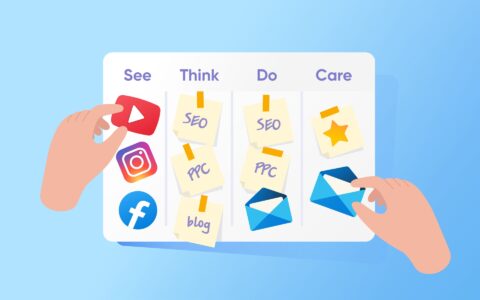Business is booming but you can't keep up with everything? That's natural. But don't worry about it—you can set priorities. The "ABC analysis" will help you to determine what is most important to your business and who your valuable customers are, so you can focus on taking care of your top clients
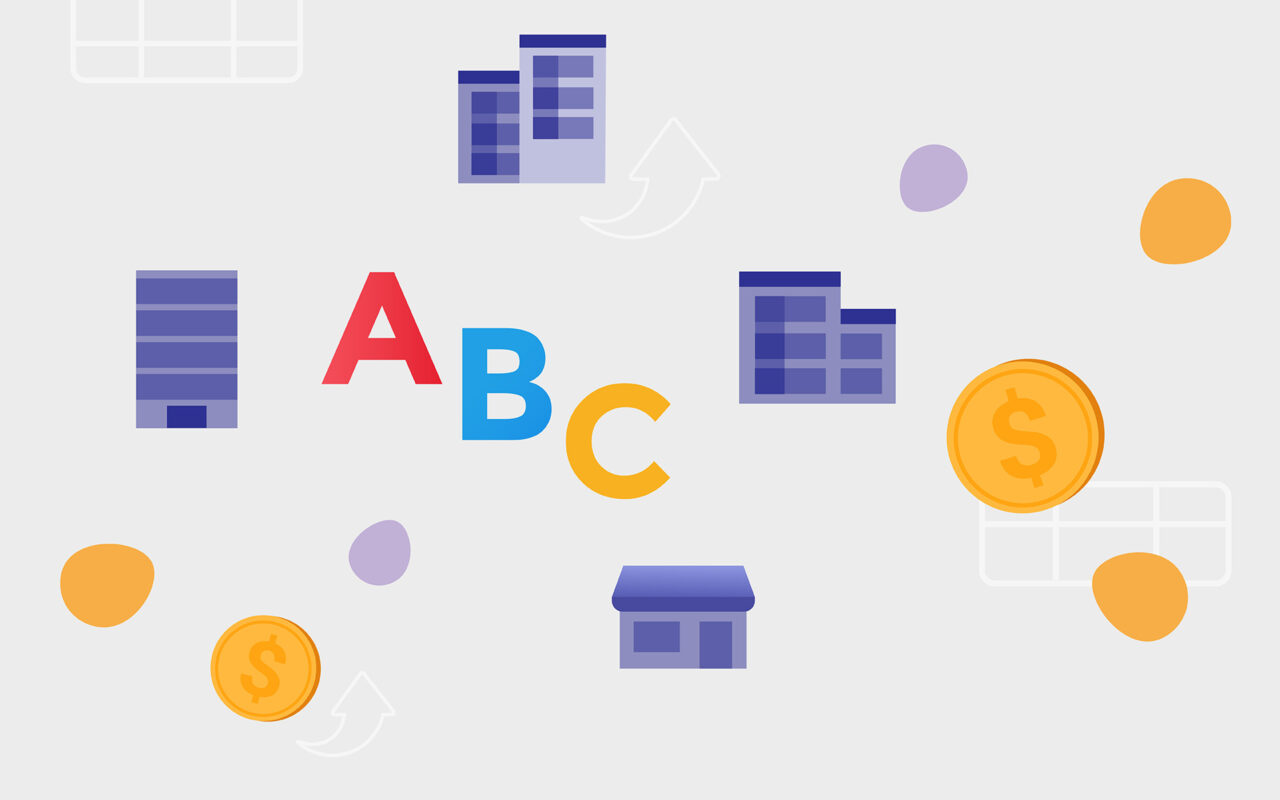
ABC analysis is particularly important for companies that depend on regular customers to grow their business. It’s difficult to use for customers who only make a single purchase.
If one of your key customers is now buying less than they used to, your competitor may have offered them a product for a better price and eventually they could overtake them completely. It may be a slow process that you don’t even realize.
In this article, we will show you how to use the ABC method to segment your customers by importance. We will be using eWay-CRM as an example of software that has sales data in it and Microsoft Excel where we can export data directly.
What is ABC analysis?
Do you know the Pareto principle, also known as the 80/20 rule? The principle, created by the Italian economist Vilfredo Pareto, states that 80% of the effects come from 20% of the causes. This can help you make strategic business decisions. For example, if 20% of your customers make up 80% of your revenue, then those are the ones to keep an eye on.
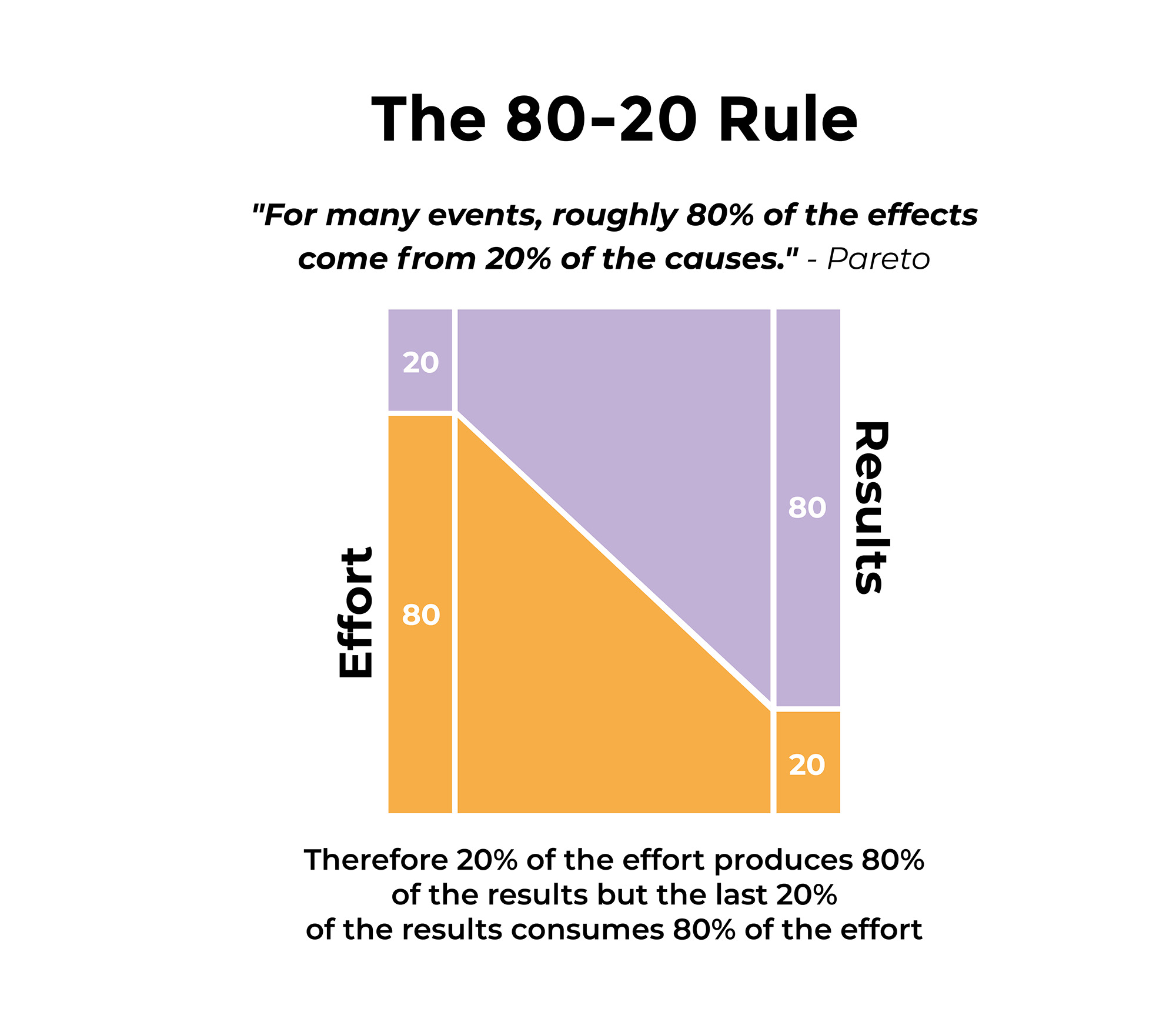
The ABC analysis is based on the Pareto Principle, but it goes even further and breaks your customers into three categories—A, B, and C. Segmentation allows you to identify your most valuable customers as well as customers with untapped potential. You can then approach each group of customers accordingly.
- Group A (represents 10 percent of your clients, who make 75 percent of your sales)
Your most valuable customers. They are your favorite ones, your superstars, those laying golden eggs. They should receive special attention and treatment. Any time spent on emails, in-person meetings, or phone calls with them is well worth it.
- Group B (represents 20 percent of your clients, who make next 15 percent of your sales)
Category B customers or products should not be ignored. With the right attention and encouragement, these items have potential to become group A customers.
- Group C (represents 70 percent of your clients, who make the last 10 percent of your sales)
Category C contains all the minor transactions that generates revenue but do not individually contribute much value to the company. In this category, you should try to automate sales as much as possible to drive down overhead costs.
When you segment your customers, you can see if your most important customers are getting the best service and consider sales automation options for the remaining customers. So, let's look at how to segment customers using ABC analysis.
How is ABC analysis done
As with other segmentation models, to perform ABC analysis you will need customer data. In this case, sales data that you can access in eWay-CRM. The steps are easy. Come and try it with your clients and their last year’s revenue.
- Prepare a spreadsheet with the names of your clients and the revenue they generated for you last year and summarize the revenue coming from all these companies. This is what it might look like:
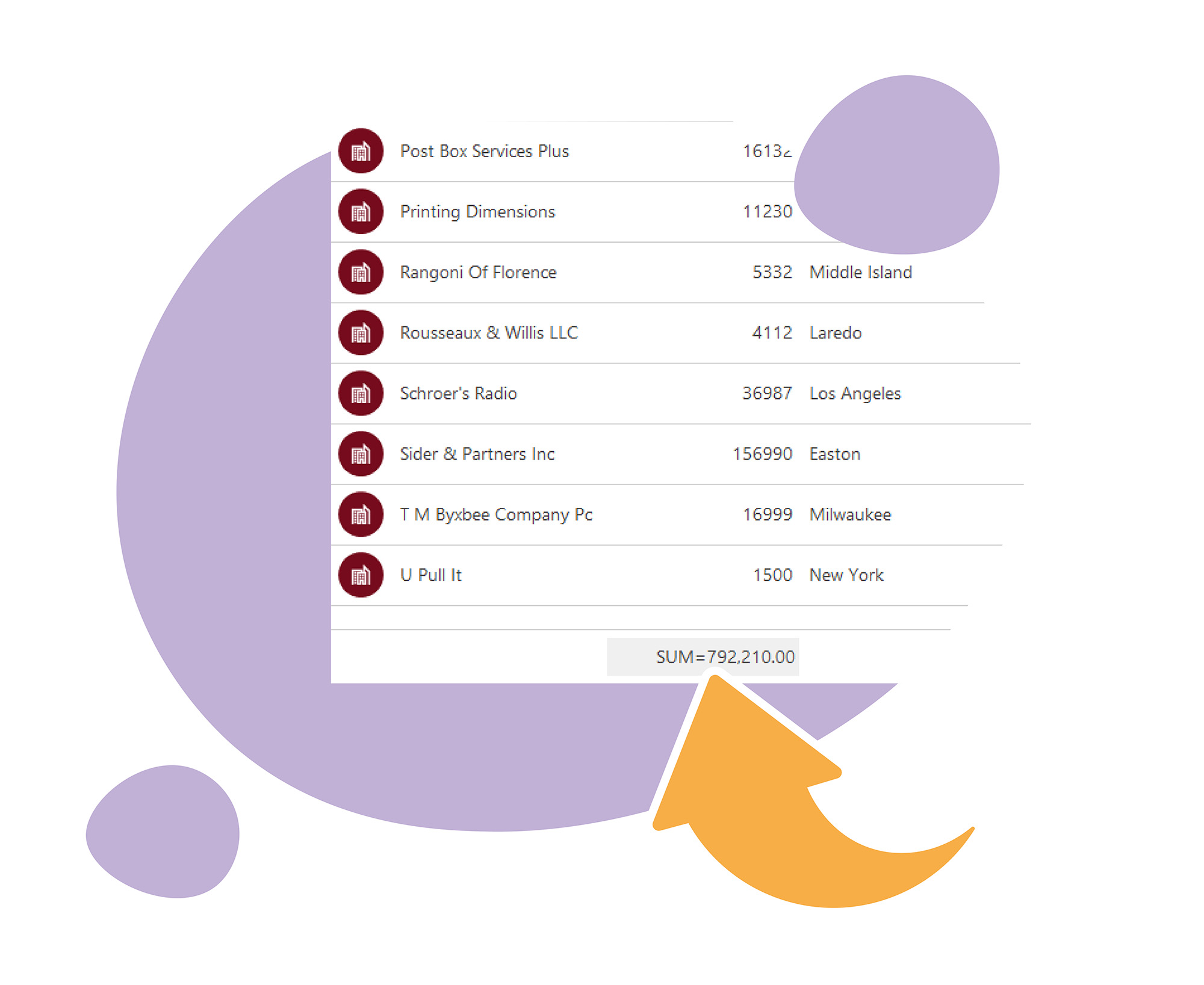
- Calculate 75% of all revenues, 15% of all revenues and 10% of all revenues.
In our example the whole sales are USD 792 210, so- 75% is USD 587 890
- 15% is USD 122 966
- 10% is USD 81 354
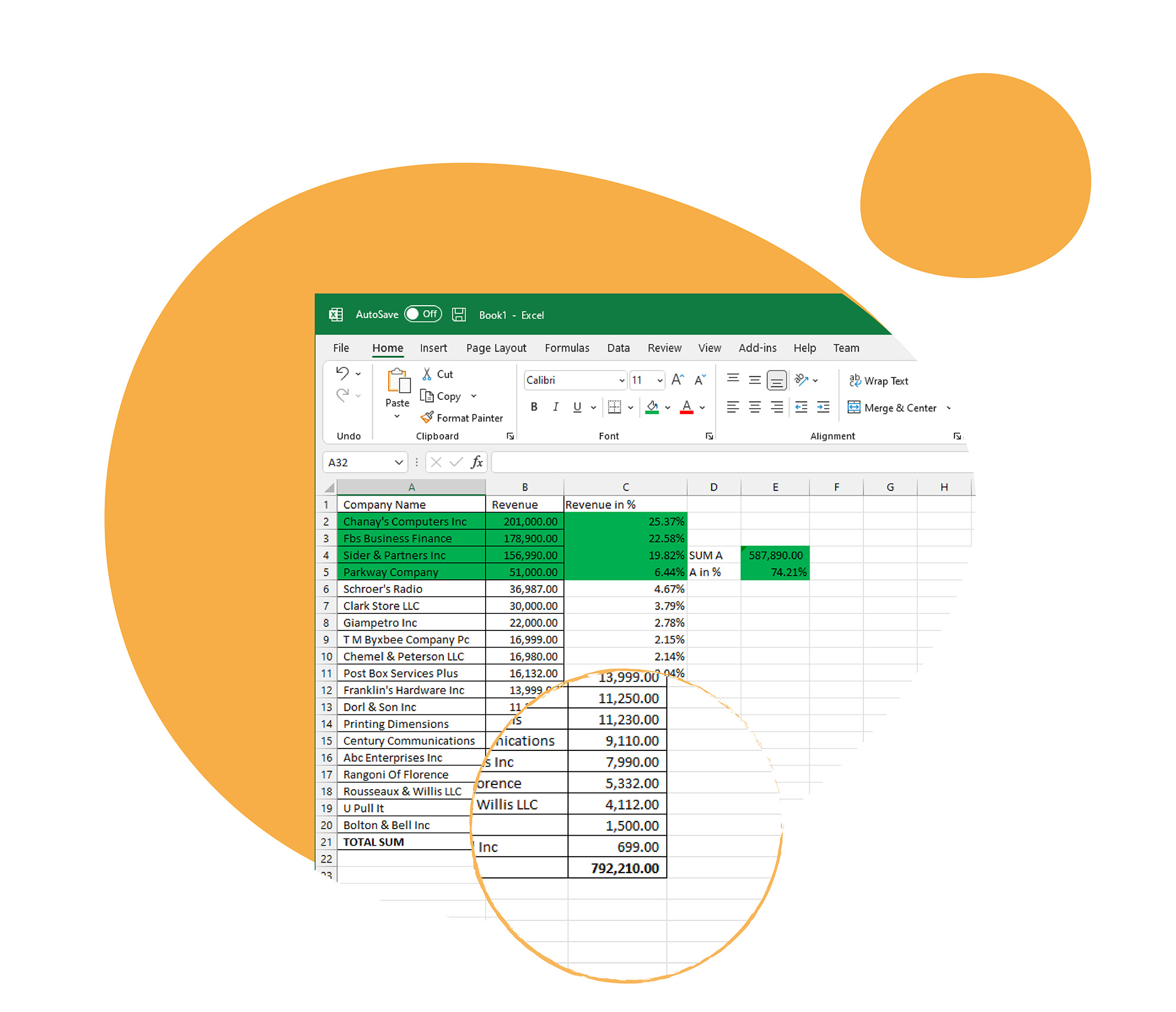
- List your clients by the highest revenue and keep adding their revenues starting with the top client, until you get 75% of total revenue. If you work with Microsoft Excel, you can easily highlight these companies, for example with the green color. This should be about 10% of your clients, but it doesn’t matter if it doesn’t fit perfectly. These are your A clients.
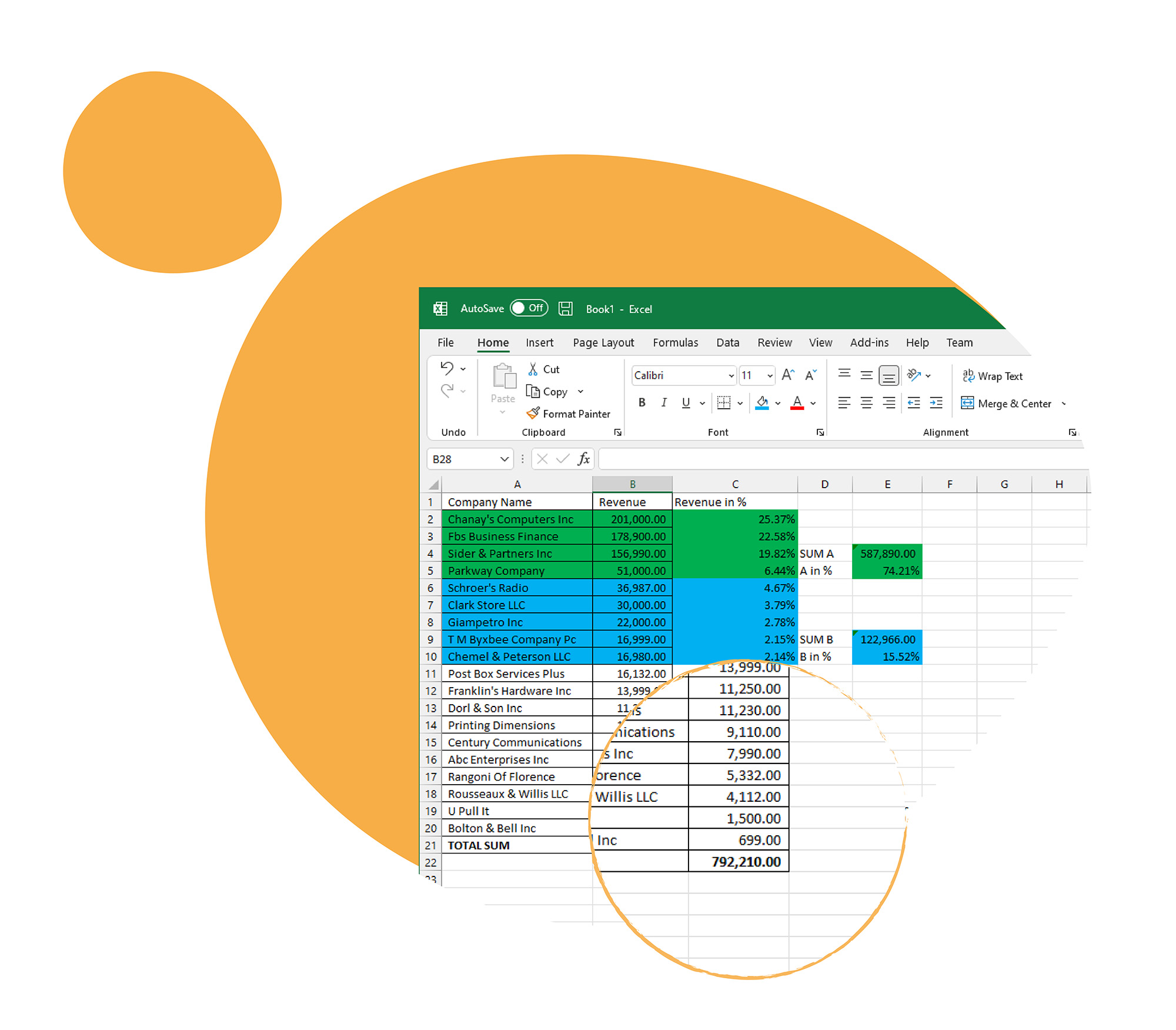
- Keep going. Take your first non-A client and keep adding the revenues below until you reach 15%. These are the B clients. Highlight them with the blue color.
- You don’t need to count the third group of clients. They are C clients.
Did it work? Did some of the companies surprise you?
We recommend keeping track of the last time you communicated with your most important clients and setting reminders for everything you can do for them. When communicating with Group C clients, you can save time by sending out bulk emails or you can find a few big companies there with untapped potential. You can do it all in eWay-CRM.
What’s next?
By now you have probably realized that this analysis is not static. The rating changes with time and your job is to stay focused. Every time a client changes their group, you should react. Let’s say an A client has moved to the B group. No worries. Maybe he keeps buying the same as before, but he got skipped by a better client. That’s great news! However, if his purchases are declining, it’s necessary to find out why it’s happening.
You don’t need to always base your analysis on whole year’s data. It depends on the character of your business and the frequency of your clients’ purchases. If your clients buy on a weekly basis, you can analyze the data from the last quarter.
So, let’s do this and don’t forget – be effective!






